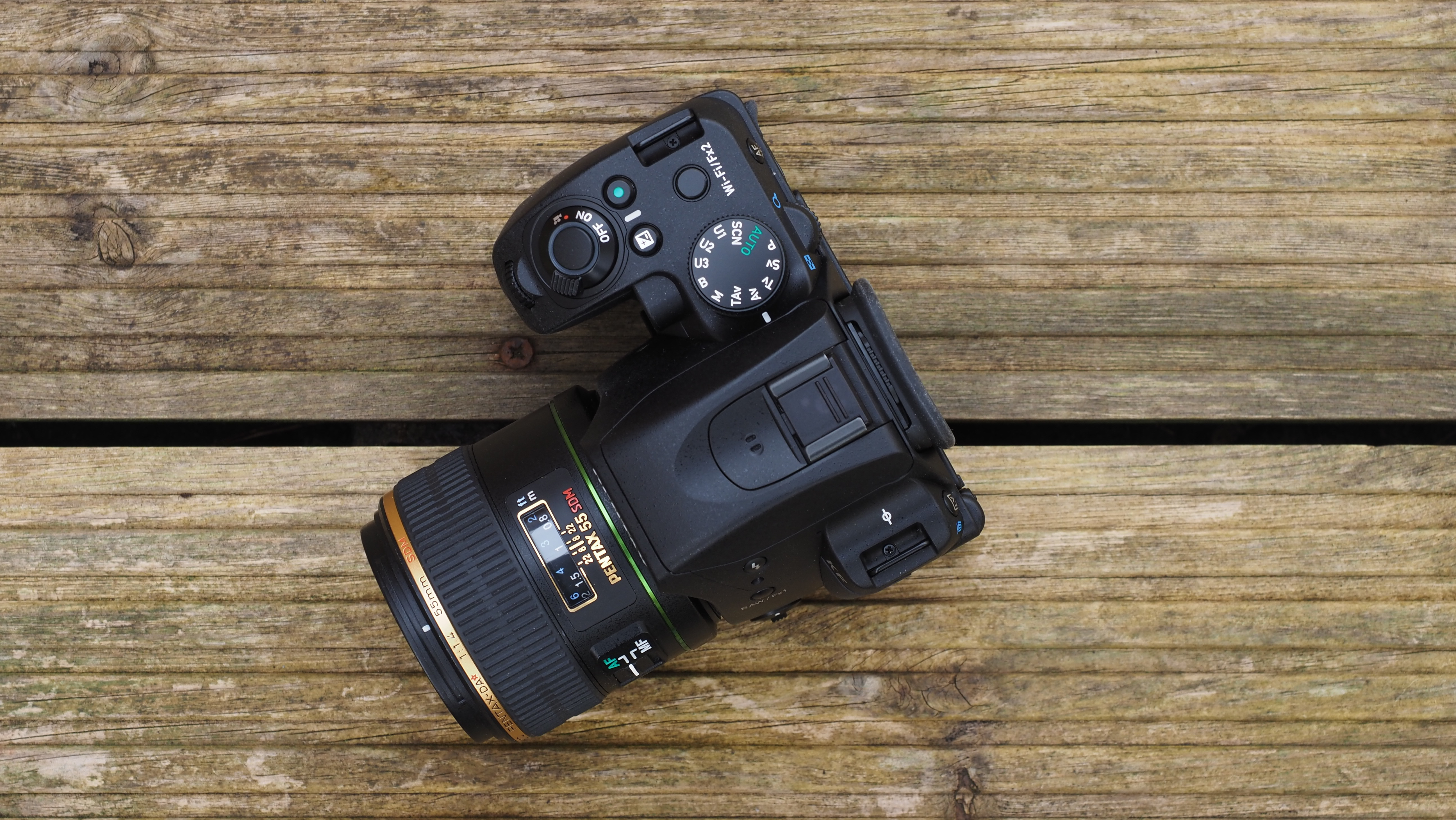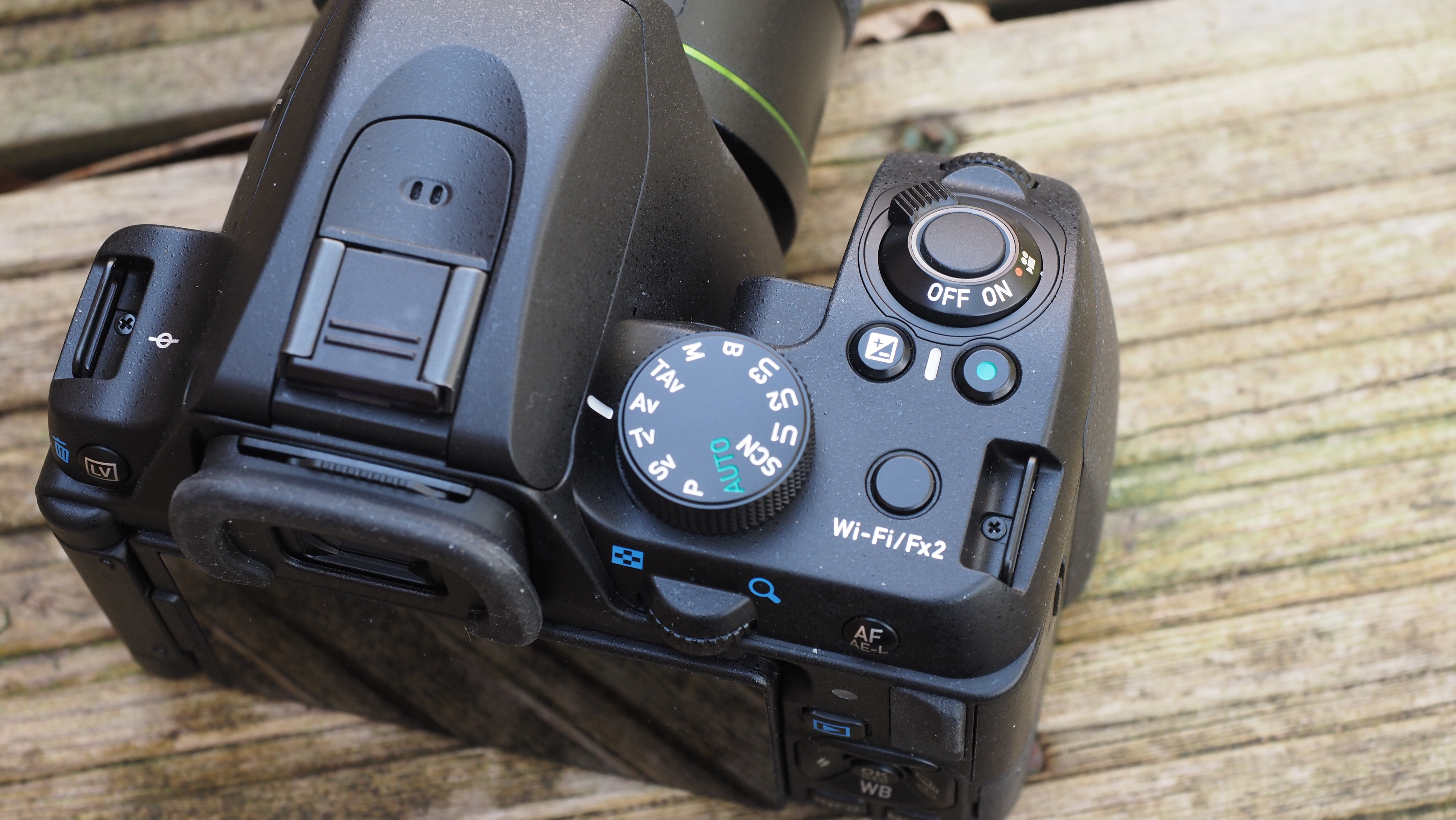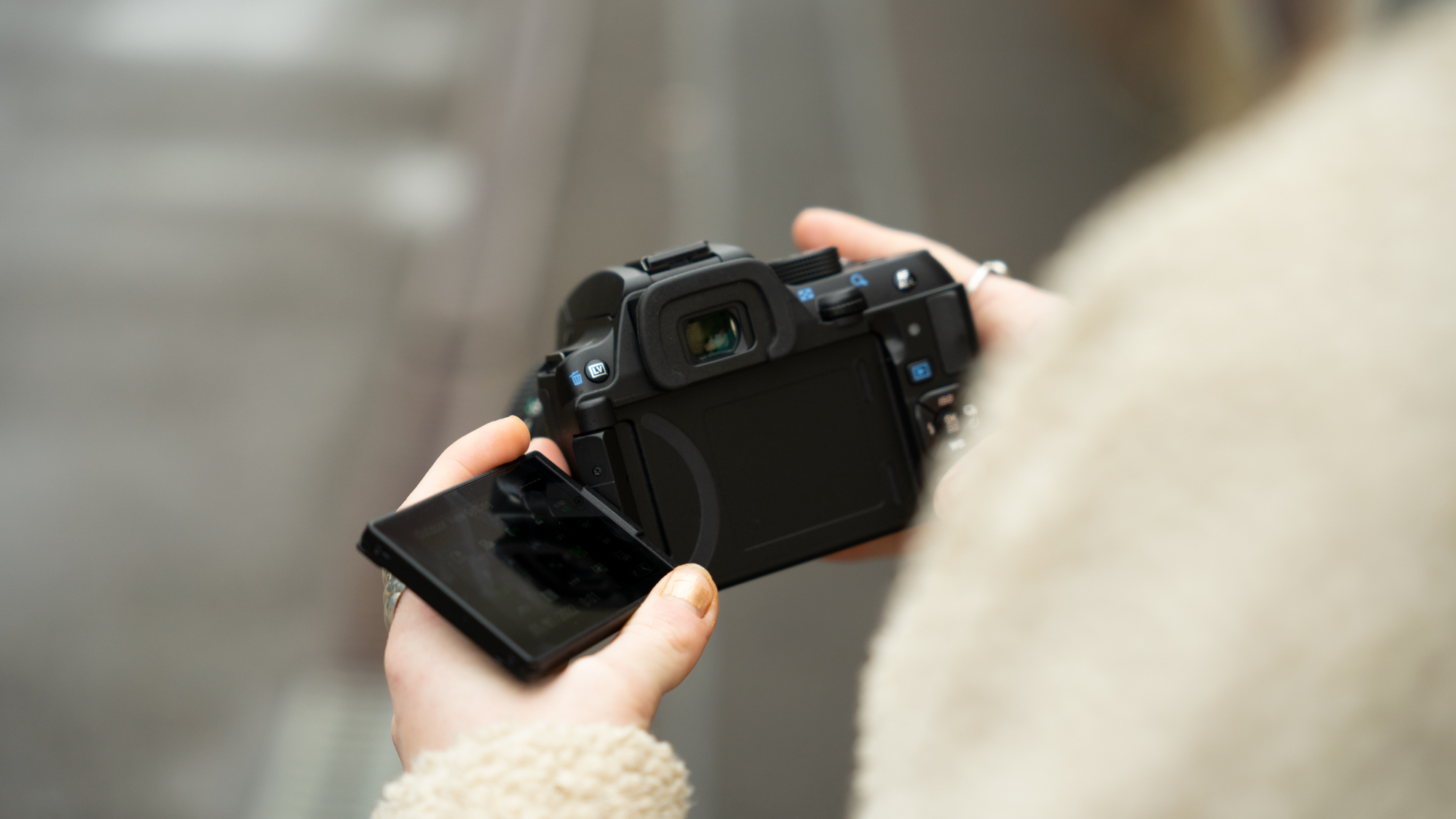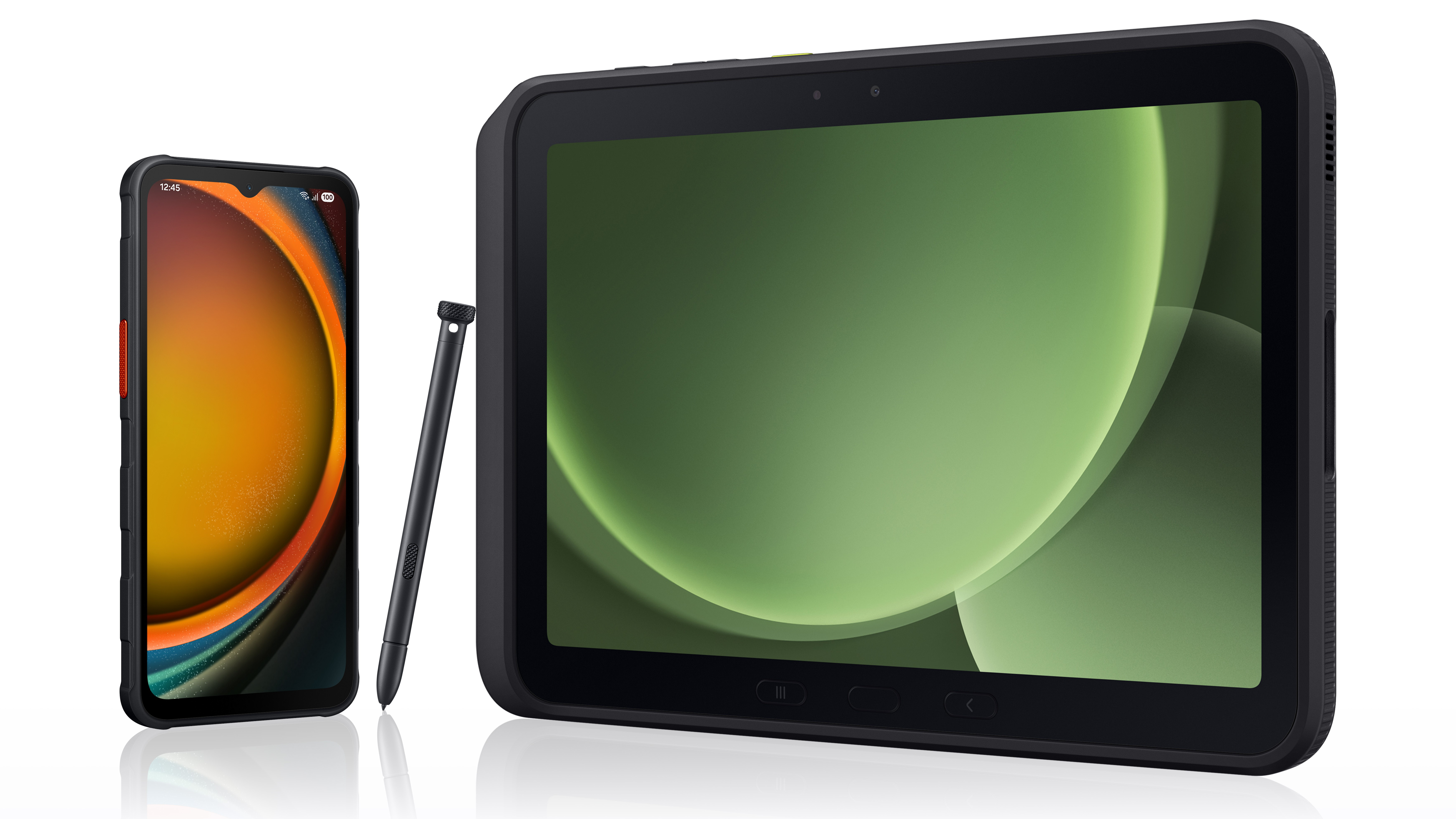Digital Camera World Verdict
Normally we try to separate the camera from its lenses, but that’s not so easy with the Pentax KF because the user experience is defined not so much by the camera, which is good, but the hotch-potch array of lenses to go with it, many of which are not. The body-based screw-drive AF of so many older and cheaper lenses, and ‘Limited Edition’ primes, makes this camera feel far more agricultural than it actually is. Worse, the KF is essentially indistinguishable from the 2016 Pentax K70. The name is new, but the camera is not.
Pros
- +
In-body SR stabilization
- +
Sturdy, weather-sealed build
- +
Vari-angle rear screen
- +
Hybrid phase/contrast live view AF
Cons
- -
Stone-age video capabilities
- -
Noisy screw-drive lenses
- -
The same as the K70 but pricier
Why you can trust Digital Camera World
Canon and Nikon may dominate the DSLR market, but we must never forget there’s a third contender – Pentax. It’s been making DSLRs as long as the other two and after an early dalliance with mirrorless, it’s committed fully to the digital SLR design, aiming at a small but passionate band of enthusiasts who appreciate the traditional values, rugged design and the brand’s heritage.
The Pentax KF is the latest of Pentax’s innumerable and sometimes almost indistinguishable APS-C format DSLRs, all of which seem to share the same 24MP CMOS sensor but varying combinations of body design, burst speeds and other features.
Pentax also makes a full frame DSLR, the hefty but rather good Pentax K-1 Mark II, and it makes the medium format Pentax 645Z, a camera that brought medium format to the masses long before Fujifilm. It may not lead the field, but Pentax cameras certainly deserve to be considered alongside the best DSLRs and best medium format cameras. We also have a guide to the best Pentax cameras to buy.
Pentax is a brand with real depth and history, but it’s not renowned for pushing back the frontiers of imaging technology, as we’ll see. We also need to explain that we did not have access to the regular 18-55mm kit lens for this review and only one lens (the 55mm f/1.4 SDM) with its own AF motor.
Specifications
Sensor: 24MP APS-C CMOS
Image processor: PRIME MII
Mount: Pentax KAF2
ISO range: 100-102,400
Shutter speeds: 1/6000-30sec plus B
Image stabilization: Pentax SR IBIS
Max image size: 6000 x 4000 pixels
Max video resolution: 1920 x 1080 30p/60i
Continuous shooting: 6fps, 10 raw, 40 JPEG
Viewfinder: Optical pentaprism, 100% coverage, 0.95x magnification with 50mm lens
LCD: 3-inch 1,037k dot vari-angle
Memory: SD/SDHC/SDXC UHS I
Size: 125.5 x93.0 x 74.0mm
Weight: 684g with battery and memory card
Key features


The Pentax KF’s digital SLR design means it has an optical viewfinder with one focusing system (an 11-point SAFOX AF system) and a rear screen with a different one. In live view you get hybrid phase/contrast AF which should give much faster and more effective autofocus than the contrast-only AF on other Pentax DSLR bodies, though this will depend on the lens.
The only other Pentax DSLR to offer hybrid AF is the 2016 Pentax K70, also with a 24MP sensor, flip-out screen, 1080 video and an identical body design. Hmm. As far as we can tell, the KF has a different rear display, slightly different battery life, a new badge and a choice of white or blue special editions.
The flip-out rear screen does give the KF a more modern feel than other Pentax DSLRs, but it’s not touch-sensitive, though, and the KF’s video capabilities are stuck in the dark ages at a maximum resolution of 1920 x 1080. It can shoot 1080 video at 30p, but while it can do 60fps, it’s interlaced. Interlaced video! In 2023!

Inside, the KF uses Pentax’s long-running and effective SR Shake Reduction system – Pentax is still the only maker to build IBIS into a DSLR. The SR system doesn’t just cut camera shake, it also offers ‘anti-aliasing simulation’ to help combat moiré in fine patterns and textures – though that’s not a particularly common issue.
There is a 6fps burst mode, but the buffer capacity is limited to 10 raw frames or 40 JPEGs, so this is no sports camera. It has a single UHS I card slot.
You get a proper pentaprism viewfinder, unlike the cheaper and smaller pentamirror designs on low-end rival cameras and the KF even offers interchangeable focusing screens, which is a real blast from the past.
And now, the lenses. Pentax does make some modern lenses with integrated DC or SDM AF motors, though these can be expensive. But many more Pentax AF lenses are controlled by a screw drive from the camera body, including the neat-looking ‘Limited Edition’ primes. This is a very different user experience, and not in a good way. Nevertheless, the best Pentax lenses do contain a mix of both types.
Build and handling


The Pentax KF is one of the company’s smallest DSLR designs, but it’s still pretty chunky by most standards. It’s a similar width and height to many mirrorless cameras, but the mirror box and pentaprism/flash housing really add to the bulk at the front.
Many users won’t mind the extra heft and ‘grippability’ and might even prefer it to the feel of a mirrorless camera, though it will take up more space in your camera bag.
The controls are good and sturdy, and the control dials maybe a little too stiff. Round the back is a four-way control pad which accesses ISO, drive mode, WB and flash options or, after a long press, the position of the AF point. That’s quite clever.
The main mode dial has the usual program AE, shutter priority, aperture priority and manual modes – and two extra. Sv (sensitivity value) mode lets you set the ISO and leaves the camera to work out the best aperture and shutter speed. It’s hard to see how that’s different to setting the ISO and using P mode. TAv mode lets you set the shutter speed and aperture and jiggles the ISO to get the exposure right – which sounds a lot like using auto ISO in manual mode.

The viewfinder is very good. It’s big and clear, and displays shooting info equally clearly underneath. You can also view this information and more on the rear screen (if you’re not using it for live view), and this display is truly excellent.
The live view is both unusual and useful in the context of a DSLR, but the shunting and clanking as the mirror is moved out of the way reminds you that this is not a DSLR’s natural environment. The live view AF is adequate but not the fastest when tested with Pentax’s 55mm f/1.4 SDM lens, but pretty painful with screw-driven lenses, as is the viewfinder AF.
The autofocus with these screw-drive lenses is noisy, choppy and hesitant. It works, in its own time, but it messes with your shot timing and, if you reframe and the lens makes no noise, you start to wonder if it has actually refocused.
Performance



The Pentax KF produces rich, natural-looking JPEGs, as we've come to expect from Pentax DSLRs. The multi-pattern exposure system works well, with only an occasional need to dial in some exposure compensation with unusually dark- or light-toned subjects, as we'd expect. We found that bright skies often lost some highlight detail in the clouds, despite Pentax's extended dynamic range option, but it's easy enough to recover highlights from the raw files.
There were no issues with the auto white balance, either, which gave natural looking colors both outside and indoors. This is something we almost seem to be able to take for granted with modern cameras.


Other aspects of the KF's performance are less impressive. We've already explained the AF issues with older or cheaper Pentax lenses, and while the camera will focus accurately with whatever lens you use, it won't always do it quickly or at the first attempt. If Pentax is going to persist with its body-driven AF, it surely needs to find a way to improve it.
We tested four different lenses with this camera, and as a batch they showed varying degrees of optical quality. An older 18-55mm f/3.5-5.6 kit lens showed much more chromatic aberration at the edges of the frame than we would expect today, the Pentax DA★ 55mm F1.4 SDM lens was good and adequately refined during focusing but no more, while the HD Pentax-DA 70mm F2.4 Limited lens is sharp enough but again relies on body-driven AF, as does the HD Pentax-DA Fisheye 10-17mm F3.5-4.5 ED fisheye zoom. We've reviewed these last three lenses separately.
Lab tests
For our lab data comparison, we compared the KF to the its most closely-matched DSLR rivals in terms of price: the Canon EOS 850D, and the Nikon D7500. The EOS 90D would have been a better match in terms of market positioning, but it's significantly pricier than both the KF and D7500. Finally, we included the Fujifilm X-T30 II as an example of what roughly the same money can buy if you're willing to go mirrorless.
We test resolution using Imatest charts and software, and dynamic range and signal-to-noise ratio with DxO Analyzer.
Resolution (line widths/picture height):

The KF resolves exactly the amount of fine detail we'd expect from a 24MP camera, equalling the 24MP EOS 850D at low to mid sensitivities, and even outperforming it at ISO 6400 and above. However, the extra resolving power of the 26.1MP X-T30 II gives it a small but noticeable advantage for fine detail capture. More remarkable is how the 20.9MP Nikon manages to equal the KF: this is in part due to 20.9MP images not actually being a whole lot smaller than a 24MP image, so levels of detail are quite similar.
Dynamic range (EV):

The KF performs very well in this test, capturing more dynamic range than both its DSLR rivals throughout the tested sensitivity range, and even equalling the X-T30 II at lower sensitivities – a camera with a more modern image sensor at its heart. However, the K-70-derived sensor in the KF can't quite stay with the Fujifilm camera as sensitivities rise, capturing 1-2EV less dynamic range between ISO 3200 and ISO 25600.
Signal to noise ratio (decibels):

This test compares the amount of random noise generated by the camera at different ISO settings as a proportion of the actual image information (the 'signal'). Higher values are better and we expect to see the signal to ratio fall as the ISO is increased.
The KF images are impressively clean, with low image noise levels that rival both the Canon and Fujifilm cameras throughout the tested ISO range.
Verdict

The Pentax KF is a well-made, nice-handling DSLR with a very useful flip-out vari-angle screen and decent live view autofocus. However, it is essentially a relaunch of the much older Pentax K70. And whatever the merits of this camera’s autofocus system, they will be lost unless you are using one of Pentax’s newer and more advanced lenses with SDM, DC or PLM AF motors in the lens. Otherwise, you’re restricted to the slow and choppy body-based AF drive, which can make this camera seem much more primitive than it actually is.
You can read more on the best from Pentax in our guides to the best Pentax cameras, and the best Pentax lenses. Or to find out what other options there are for DLSR cameras read our guide to the best DSLR and the best budget DSLR.

Rod is an independent photography journalist and editor, and a long-standing Digital Camera World contributor, having previously worked as DCW's Group Reviews editor. Before that he has been technique editor on N-Photo, Head of Testing for the photography division and Camera Channel editor on TechRadar, as well as contributing to many other publications. He has been writing about photography technique, photo editing and digital cameras since they first appeared, and before that began his career writing about film photography. He has used and reviewed practically every interchangeable lens camera launched in the past 20 years, from entry-level DSLRs to medium format cameras, together with lenses, tripods, gimbals, light meters, camera bags and more. Rod has his own camera gear blog at fotovolo.com but also writes about photo-editing applications and techniques at lifeafterphotoshop.com

